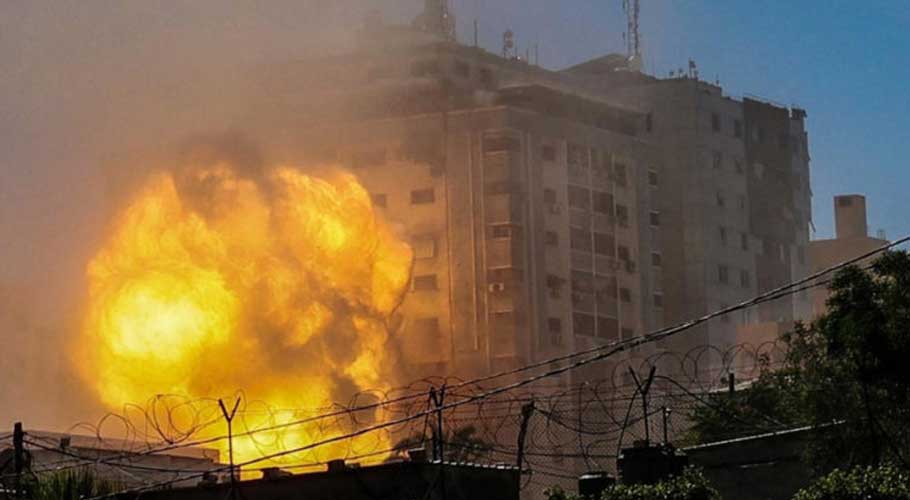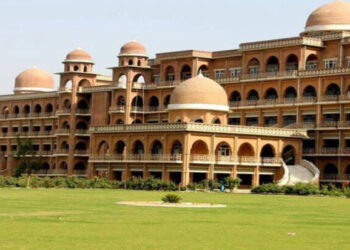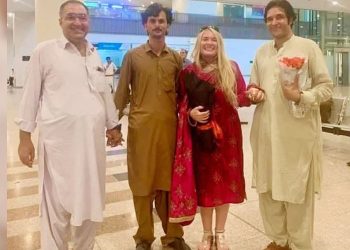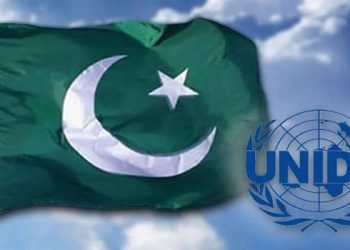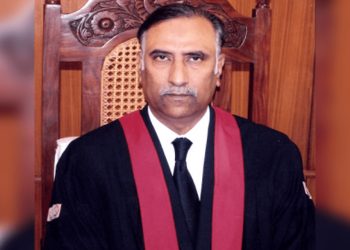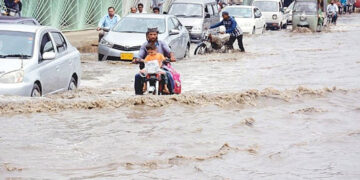JERUSALEM: Despite tremendous effort exerted since the May ceasefire to resolve the Israeli-Palestinian violence, peace has been elusive. Israel has launched airstrikes on the Gaza Strip for a second time since a shaky ceasefire ended last month’s 11-day war.
Israeli army claimed that militants in the Palestinian territory again set off incendiary balloons into southern Israel. Soon after the strikes, Hamas opened fire with heavy machines guns towards the Jewish state, as Israeli warning air raid sirens rang out.
Meanwhile, Israeli police fired stun grenades and rubber bullets at Palestinians who turned up in large numbers on Friday at the Al-Aqsa mosque compound in Jerusalem, leaving at least three demonstrators wounded.
It has frequently been the scene of Israeli-Palestinian violence. This time, the police refrained from entering the compound and appeared to act with more restraint, possibly on the orders of Israel’s newly sworn-in government. The Red Crescent emergency service said two Palestinians were wounded by rubber bullets and a third by a stone that was thrown.
Israel-Gaza war
Violence erupted in May after weeks of tensions in Jerusalem, notably over planned evictions of Palestinians from their homes in east Jerusalem to make way for Jewish settlers, and heavy-handed police tactics at the sensitive Al Aqsa mosque compound.
The Israeli army said Hamas and other armed groups in Gaza have since fired more than 4,300 rockets towards Israel, but the overwhelming majority of those headed for populated areas were intercepted by its Iron Dome air defences.
At least 243 people, including more than 100 women and children, were killed in Gaza, according to its health ministry. Israel has said it killed at least 225 militants during the fighting. Vast areas were reduced to rubble and some 120,000 people have been displaced, according to Hamas authorities.
‘Shaky’ Ceasefire
A ceasefire between Israel and Hamas came into force in May, ending a bruising 11 days of violence that caused widespread destruction in the Gaza Strip.
Celebrations were heard on Gaza streets in the minutes after the truce began as cars honked their horns and some guns were fired in the air, while in the occupied West Bank, joyful crowds also took to the streets.
The truce brokered by Egypt, that also included Gaza’s second-most powerful armed group, Islamic Jihad, was agreed following mounting international pressure to stem the bloodshed which erupted on May 10.
What to do?
Jerusalem has sanctity for all three Abrahamic faiths and their holy sites of Muslims, Jews and Christians are there within touching distance of each other. These holy sites cannot be safe as long as the conflict between Israel and Palestine continues.
One option to resolve this deadlock is for the international community, and the United States and Europe in particular, to impose an end to the occupation and facilitate the two-state settlement they claim to endorse. It is the responsibility of the United Nations to take priority steps to end the ongoing violence.
The leaders of the two sides must take responsibility for reducing tensions. At the moment, there is a need for both sides to renounce violence and pursue a path of dialogue, as rising tensions in the region will lead to further unrest.







